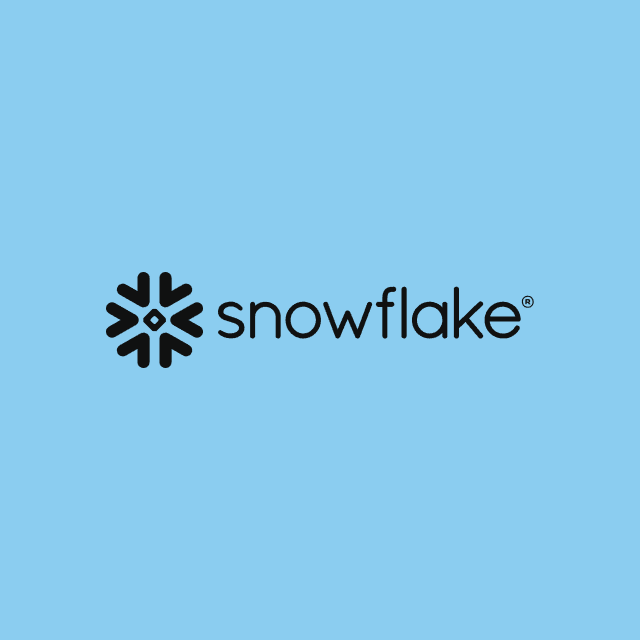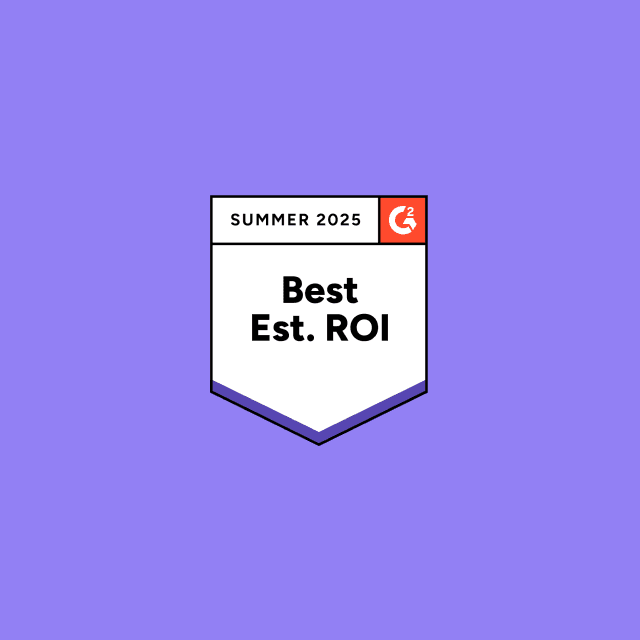Whooooo! You've started collecting & storing your product usage data and now you're even sending it from your warehouse to your SaaS applications! After celebrating this awesome feat, it might be time to start thinking about how you can now use this product usage data inside your GTM motion.
Or maybe you haven't yet because you want to think about how you should leverage the data once it's there. Either way, this article will give some inspiration on how amazing companies like Mattermost, Nandos, Gorgias, and Autotrader are powering their business workflows and campaigns with product data, using Hightouch. We will look at how you can:
- Automate some of your sales processes
- Personalize your onboarding flows
- Activate lifecycle marketing
- Automate paid ads targeting
- Leverage data science to power your business workflows
Automating Opportunity Creation Based on PQLs
With the rise of Product-Led-Growth and Product-Led Sales, one of the biggest challenges is how to embed these motions within your current processes and tech stack. You have a blend of users who are already in your product, as well as marketing leads, and you need to get both of them into your CRM. And then, you also need someone to reach out exactly when they are ready to convert to paying customers. It's not easy.
Traditionally you would have a sales rep qualify inbound leads coming from marketing based on demographic and geographic data. If you’re adopting a PLG motion, you might need an additional layer on top that is more focused on product usage for qualification. This is commonly done by sending product usage data to your CRM and coming up with a PQL (Product Qualified Lead) definition or a lead score. By doing this you can set up a fully automated workflow in your CRM that lets you qualify leads easier, to hand off to sales.
Coming up with these thresholds might be intimidating at first, but there is a lot of content out there showcasing how to create them. Generally speaking, you want to evaluate your current user base to see what kind of actions they took before converting. You don’t want new users being added to your CRM unless your sales team has a way to automatically determine who they should reach out to. This leads to your reps wasting their time and missing the window of opportunity for certain leads. Mattermost was able to solve this problem using Hightouch to automate some of these sales processes.
Customer Example: Mattermost
Mattermost, an open-source messaging platform, created an operational workflow to help their sales team stay on top of new leads. The initial trigger of this workflow happens when a user creates a new workspace within the Mattermost cloud app. Once that event has been sent to their data warehouse, that user is converted from a “Lead” to a “Contact” in Salesforce. Then, an opportunity is created for that lead and an account manager is assigned. Finally, a task is created for that account manager to reach out to the contact with information on Mattermost’s paid plans.

Personalized Onboarding Flow & Lifecycle Marketing
Let’s say you are a lifecycle marketer and you're tasked to improve onboarding conversion. Currently, everyone coming through your funnel is receiving the exact same onboarding flow. Let’s change that.
First, you need to send your product usage data to your lifecycle marketing tools such as Hubspot or Intercom. The next step is to identify points of friction within the onboarding flow and match those with touchpoints like content, educational videos, or reminders to help users overcome these points of friction. It's important to keep in mind that not everyone will be the same, so using product usage data to determine what would be helpful to each specific user will have a 10x impact. This would be like if you were a store selling board game boxes and you could customize the cover photo for each person who walked into your store. Once you have everything mapped out you can create a decision tree based on certain criteria that you define and send highly curated content to your individual users to increase your onboarding conversion rate. Below is an example of how we do this internally today at Hightouch today:

The same kind of logic used for our onboarding flow can be applied to nurture campaigns, or campaigns against the current user base. For example, if you have a user that has been active in the past but is no longer using your product it might make sense to send them some kind of incentive to start using it again. This can be extremely effective for B2C companies. Below we will share how our customer Nando’s Chicken achieved this during the pandemic.
Customer Example: Nandos/US
When restaurants started opening back up after COVID lockdowns, Nando’s needed a way to tell their customers which stores were open and when they were open. They used BigQuery’s “coordinate function” to find the closest restaurant for each customer and then sent that data to their marketing tools to tell each customer “Hey, your closest Nando's restaurant is open!” This type of campaign is impossible without leveraging product data within your marketing tools.
Automating Paid Ads Targeting:
Sending product usage data to your ad tools enables two types of automated campaigns, lookalike audiences and ad retargeting. Lookalike audiences focus on finding common characteristics for your existing user base and running paid ads against other people who share similar attributes. In order to do this, you have to create custom audiences (ex: all users who performed X a set number of times while also doing Y). Once you have defined this audience in your warehouse, you can send this list to your paid ad tools using Hightouch to target people who look just like your existing customers. Boom, genius right?d
Retargeting is the other type of ad campaign that can be powered by your warehouse. For example, say you want to target users who were once active and then went dormant. All you need to do is define your audience in your warehouse with SQL and then use Hightouch’s native features to send this audience to your ad tools. Check out how Gorgias does this internally below:
Customer Example: Gorgias
Gorgias was able to scale paid ads ARR from 0 to 2 Million in 2020 with Hightouch by targeting the right audiences. One of the ways they did this was by enriching leads with data points such as “Alexa rank” which had an impact on qualification for the Gorgias Platform. They then sent this information to their ad tools in order to reach their target audience. Gorgias also sends conversion events back into ad tools from their warehouse using hightouch to improve the native machine learning models in the individual platforms. You can check out our recent webinar with Gorgias to see exactly how they do this.
Automating Data Science Targeting Models
Most likely your data science team has created some data models like “lead score”, “customer health score”, “likelihood to convert”, etc. The problem is this information often only lives in your warehouse or BI tools These scores can impact your business tremendously, but only if you take action upon this information. With Hightouch you can send these scores to your CRM for lead prioritization, to your marketing tools for campaign segmentation, or to your customer support tools to make sure your CSM is on top of “Red Accounts’. This example is assuming that your model is already determined, but if not, you will need to create it first. Autotrader is a great example of a company doing this.
Customer Example: Autotrader
Autotrader.com is an online marketplace for car buyers and sellers. It aggregates new, used, and certified second-hand cars from dealers and private sellers. It has an internal model called “Propensity to buy” which determines a user/prospect's likelihood to buy a car on their network. Autotrader then sends this score to their marketing tool, Braze, so they can run campaigns based on certain scores. This is an extremely common use case for businesses. In the B2B world, the equivalent would be a lead score that you would send to a CRM.
Summary
All of these examples have one thing in common, Operational Analytics. Every company just listed is leveraging Reverse ETL to turn insights into actions by democratizing data for different business teams. This is the future of the modern data stack.















